|
Do you need to figure out how to show appreciation and motivate your staff? All employees strive in their workplace to be able to gain self-worth, feel appreciated and be respected. Employee recognition is a formal or informal acknowledgment of an employee's contributions, efforts, and achievements within an organization. It is a crucial aspect of employee engagement and motivation. Recognizing and appreciating employees for their hard work and accomplishments can boost morale, increase job satisfaction, and enhance overall productivity.
***Does this topic interest you?*** You could enroll in our new course titled Employee Recognition: Appreciate and Motivate Your Team for 2 clock hours. Click here to enroll. Comment a time you felt appreciated at work. Is that something you could do for your staff?
0 Comments
Scenario about Professional Development: You are doing a training for other coworkers but Mallory is upset about having to participate. "I have to waste 3 hours of my life because of a ridiculous law. Doesn't my experience count for anything? I can teach this class myself! I've been teaching for 18 years already." How would you handle this situation? Example responses to Scenario:
Scenario about Professional Development: You are providing a training for some of your staff. Tom is very excited about the training. He is new to teaching and keeps telling you, "I love learning about new ideas that I can use in my classroom! I can't wait to learn some more." Kelly has been teaching for 5 years and is sitting next to Tom. She looks irritated with Tom's optimism and continues to roll her eyes or sigh at him. How would you handle this situation? Example responses to Scenario:
Comment below how you would handle either of the scenarios.
Do you need to want to create a more inclusive mind at work? Having a respectful work environment is essential for ensuring that every employee feels accepted and included, regardless of their differences. A respectful work environment fosters a culture of trust, collaboration, and belonging among the employees. It also helps to prevent and resolve conflicts, reduce stress, and improve morale. A diverse workplace is also beneficial for the organization and the employees. A diverse workplace reflects the diversity of the society and the customers. It also allows for various perspectives, experiences, and skills to contribute to the team’s goals and innovation. A diverse workplace can enhance the team’s creativity, productivity, and performance, as well as the employees’ personal and professional growth. Qualities of an inclusive leader Respects viewpoints Good listener People-oriented Dependable Empathetic Patient ***Does this topic interest you?*** You could enroll in our new course titled The Inclusive Mindset at Work for 2 clock hours. Click here to enroll. Comment how you currently feel about your level of inclusivity.
Do you want to learn to respectfully communicate at work? Communication is the process of transferring messages between individuals, and it can be done with or without the use of words. Showing respect through communication is a strong component in building a healthy, successful work environment and developing interpersonal relationships between coworkers. Simply put, communication is the transferring of messages between one another. Communication may be done with or without the use of words, however it is critical to pay attention to those around us and how they may respond to these messages. A respectful communicator is one who accommodates for diversity, values the opinions of others, and communicates in a clear and courteous manner. Ways to enhance self-awareness Reflect on Your Strengths and Weaknesses Seek Feedback Keep a Journal Practice Mindfulness Set Goals and Track Progress Understand Your Values Embrace Feedback and Criticism Regularly Assess Your Emotions Cultivate a Learning Mindset Engage in 360-Degree Assessments Networking and Mentorship Continual Learning ***Does this topic interest you?*** You could enroll in our new course titled Respectful Communication Approaches at Work for 2 clock hours. Click here to enroll. Comment a time when someone respectfully communicated with you at work. How did it make you feel?
Do you need to figure out how to manage your emotions at work? To maintain a respectful work environment, it is imperative to focus on how you react to situations around you. Emotions should be recognized and controlled in a respectful manner. If we let our emotions take control, and act on the wrong kinds of emotions, the result can lead to a negative outcome, and lower team productivity. Emotional management is considered a skill that includes being mindful of choosing a more practical and positive emotional reaction, over a less effective emotional approach. Emotional Intelligence
***Does this topic interest you?*** You could enroll in our new course titled Managing Emotions at Work for 2 clock hours. Click here to enroll. Comment how you regulate and manage your emotions at work.
Do you have disrespectful behaviors in your workplace? Disrespectful behaviors are not part of our jobs, and can lead to lower productivity, stress, and various long-term health issues. Unfortunately, instances of disrespect are common and become normalized in our everyday work lives. There are many motives that will cause people to behave in a disrespectful manner, and in some cases, they may not feel as though they are acting disrespectfully. Some instances may be more easily identified than others, based on the extent of the actions presented. Common forms of employment discrimination: Race or Ethnicity Discrimination Gender Discrimination Age Discrimination Religious Discrimination Disability Discrimination National Origin Discrimination Sexual Orientation Discrimination Pregnancy Discrimination Genetic Information Discrimination ***Does this topic interest you?*** You could enroll in our new course titled Managing Disrespectful Behavior in the Workplace for 2 clock hours. Click here to enroll. Comment how you have seen disrespectful behavior handled in a workplace.
Do you struggle with creating a respectful workplace? A workplace cannot be considered a respectful, safe environment if the employees who make up this company are not mannerly. A company position requires modeling specific behaviors, collaborating with other team members using these specific behaviors, and understanding how the overall team will benefit. There are certain skills that individuals should acquire throughout their learning years that can be advantageous to becoming an excellent, respectful employee. These skills are especially beneficial to learn prior to starting any position, and valuable in preparation for job interviews. Employers look to hire individuals who they feel will cooperate and be considerate to each team member. On that note, respectful behaviors should continue throughout your everyday work performance. Characteristics of a respectful employee:
***Does this topic interest you?*** You could enroll in our new course titled The Respectful Employee for 2 clock hours. Click here to enroll. Comment how you show respect in your workplace.
Do you struggle with giving or receiving respect at work? Everyday respect plays a meaningful part in our lives and can arise in many forms. Respect is the way we show appreciation to the valuable qualities of others, and we are all worthy of this appreciation. People tend to respect those with authority; however, respect for other individuals is not limited to those who have more power than we do. Without respect in our lives, there would be a great deal of conflict. Hence, it is crucial to incorporate respectful behaviors into the workplace. Respect comes in various forms, including respect for others, self-respect, respect for nature, and respect for laws. Every form of respect is a valuable contribution to success and happiness; thus, it is important not to lack courteous gestures to those around us. Components of self-respect: Self-awareness Setting boundaries Personal integrity Acceptance of oneself Taking care of oneself Positive self-talk Learning and growth ***Does this topic interest you?*** You could enroll in our new course titled Respect in the Workplace for 2 clock hours. Click here to enroll. Comment how you show respect or how you like to be shown respect in your workplace.
Scenario about Milestones: Kara is a month away from being 3 years old. Her teacher has noticed that she still falls down a lot or has trouble with walking in and out of the sandbox area which is a step up and down. How would you handle this situation? Example responses to Scenario:
Scenario about Milestones: Kyle is 4.5 years old. During circle time, each child is given the opportunity to explain what they did the night before or on their weekend. His teacher noticed that oftentimes Kyle says he can't remember what he did. His teacher is concerned that Kyle can't remember but it could be that he just doesn't want to participate. How would you handle this situation? Example responses to Scenario:
Comment below how you would handle either of the scenarios.
Scenario about Positive Reinforcement: Bill is a very shy child in your classroom. He just stood up in front of the class and shared his favorite toy during show and tell. How would you respond using positive reinforcement to increase this behavior? Example responses to Scenario:
Scenario about Positive Reinforcement: Shania is an active child and does not like to sit still during circle time. She tends to stand up in the middle of circle time and this distracts the other children. What positive reinforcement technique would you recommend to combat this behavior and how would you implement it? Example responses to Scenario:
Comment below how you would handle either of the scenarios.
|


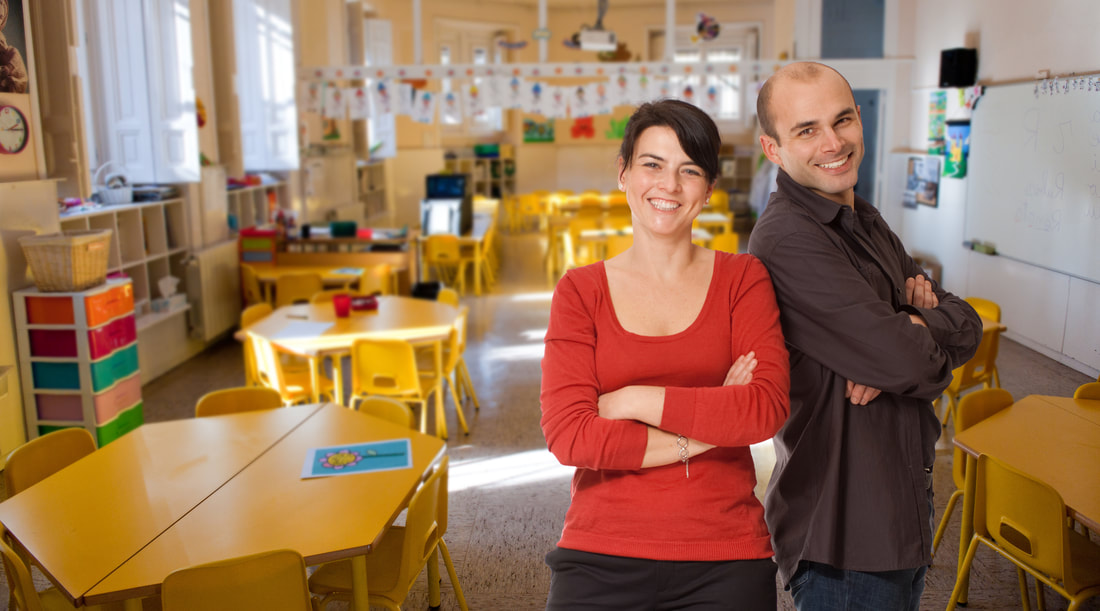


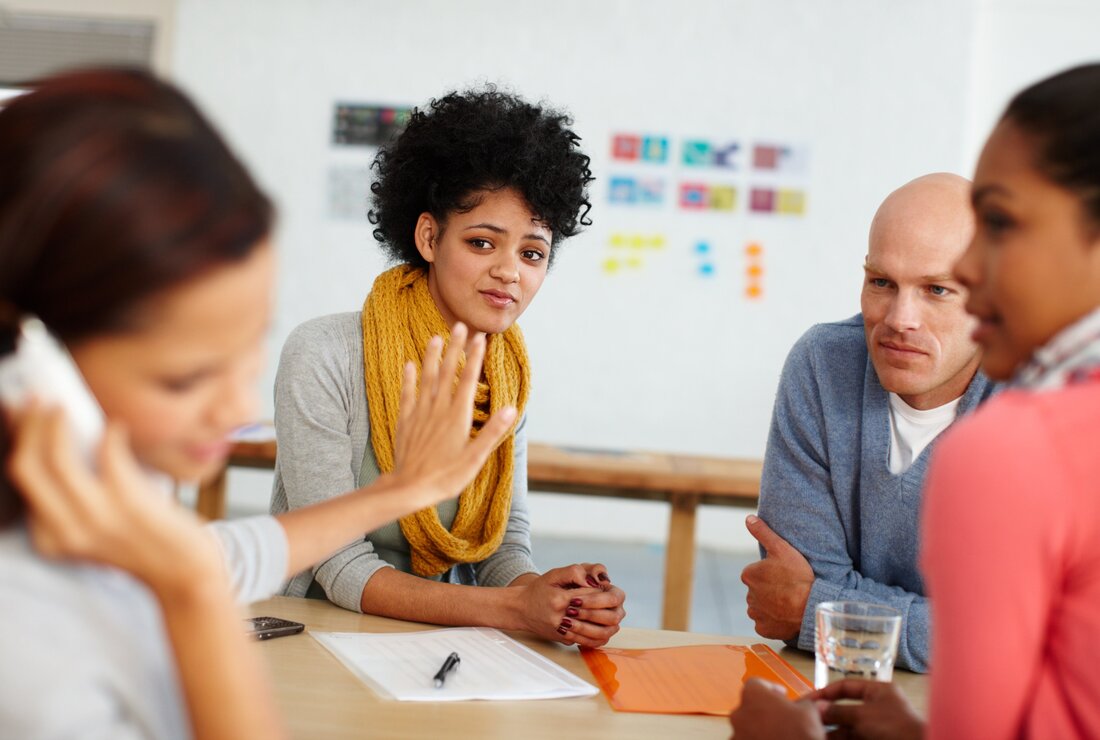


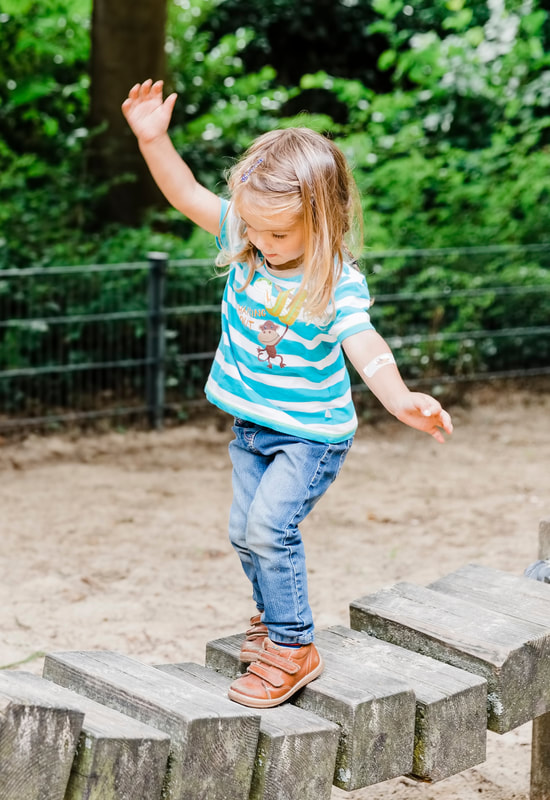
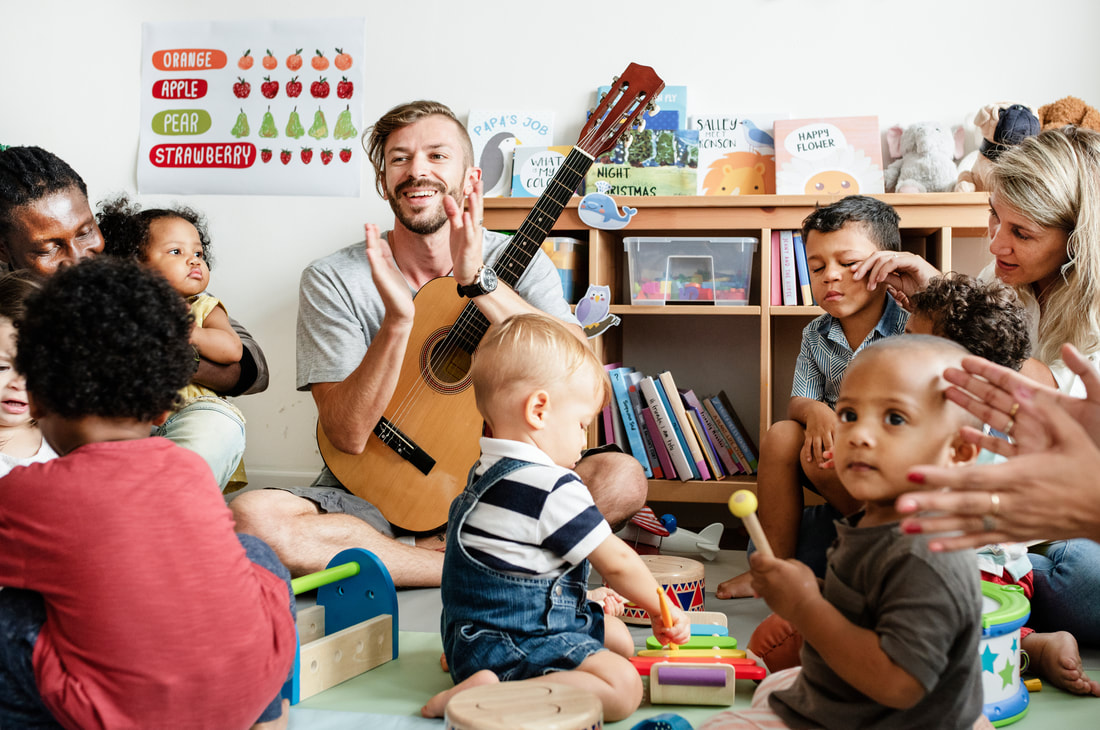
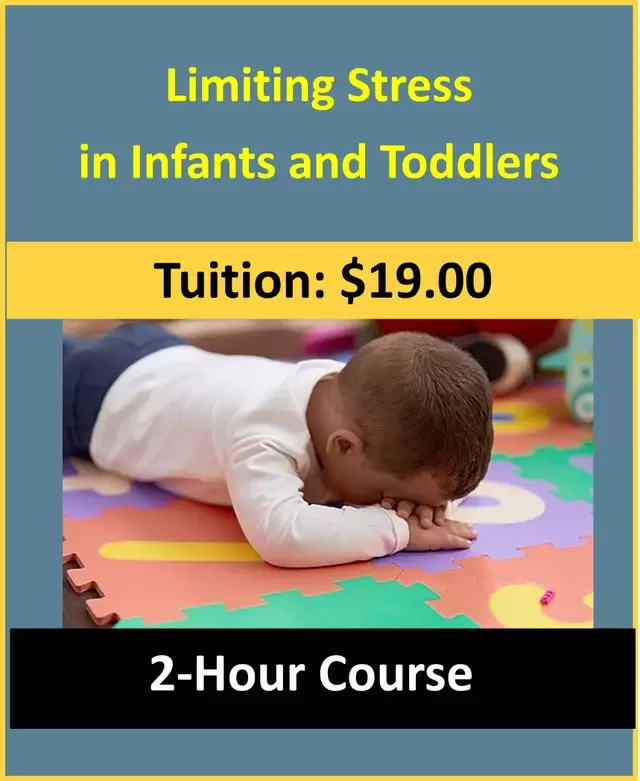
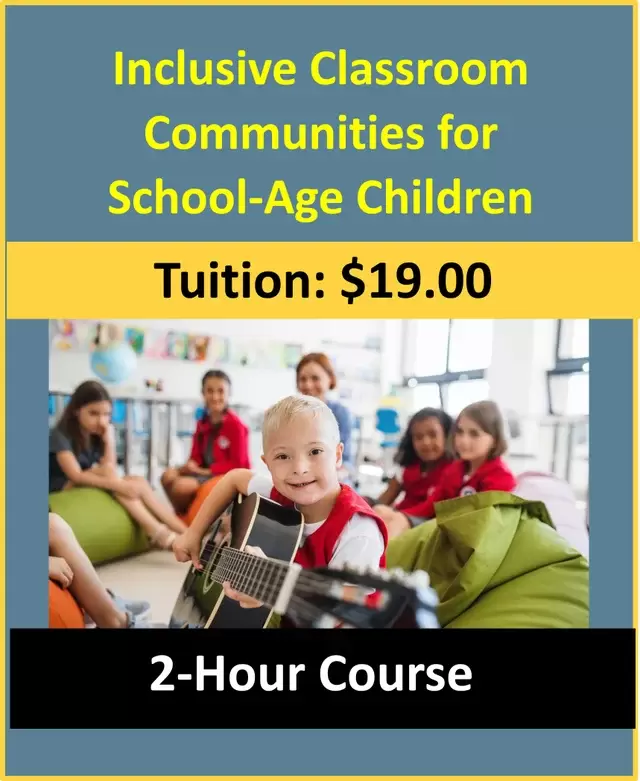
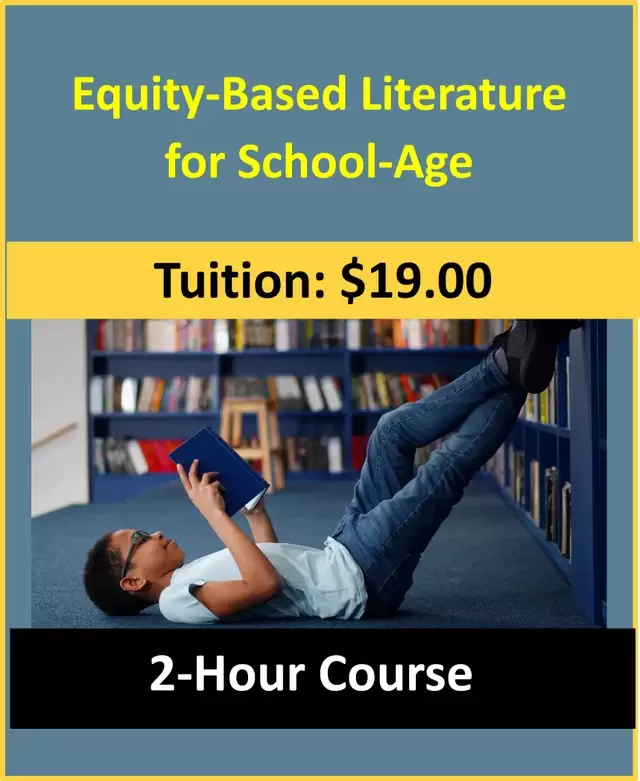
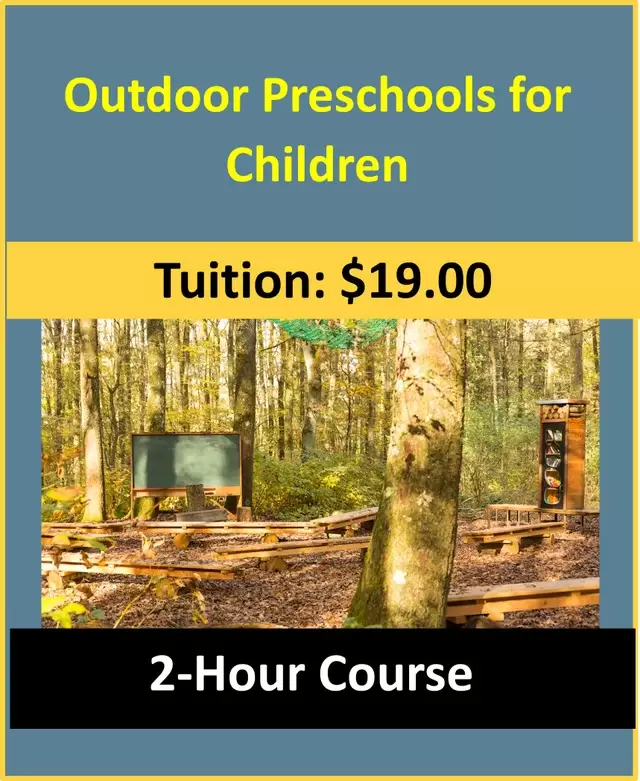
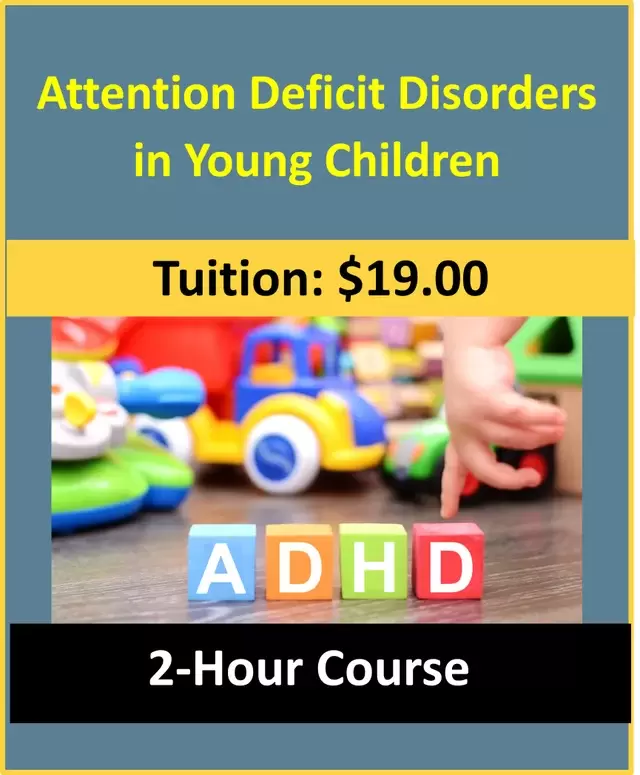

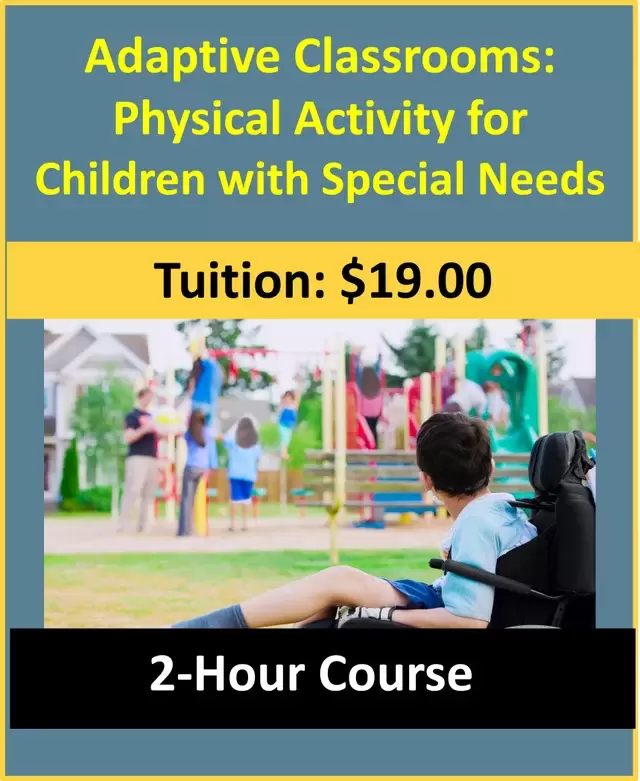
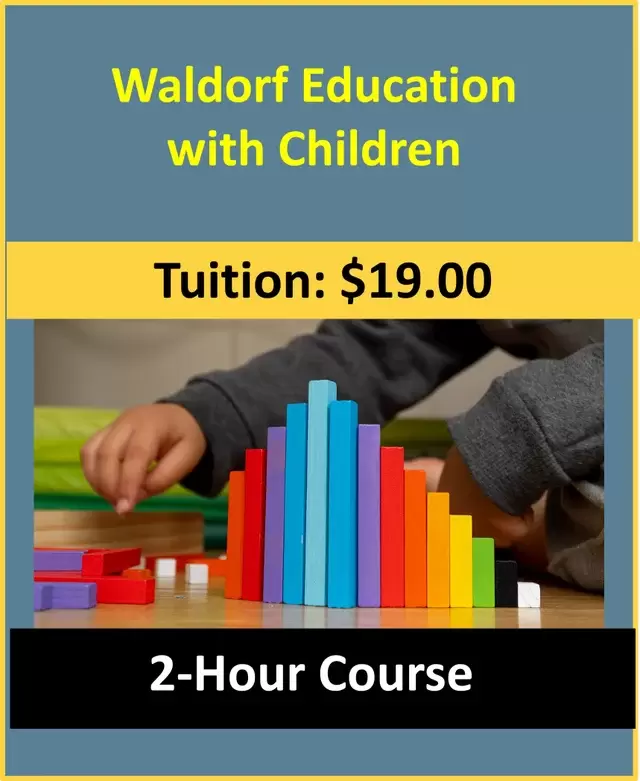
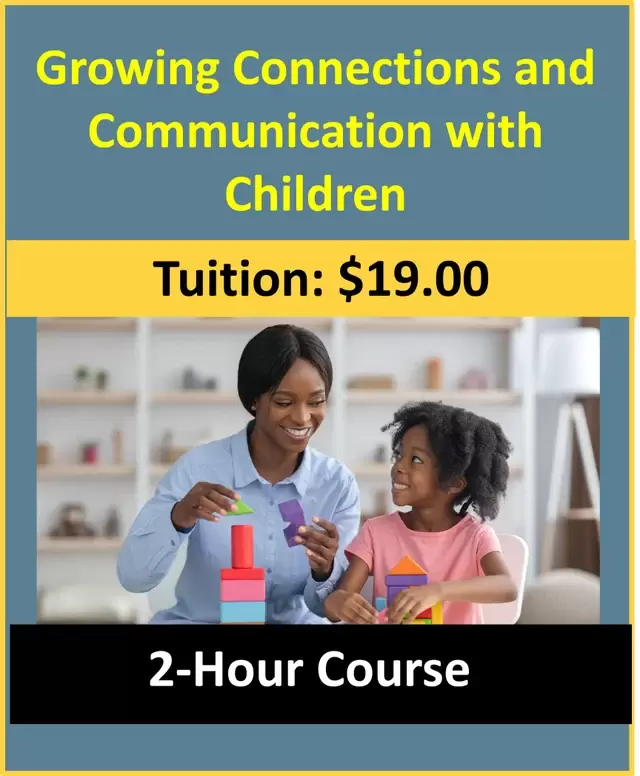
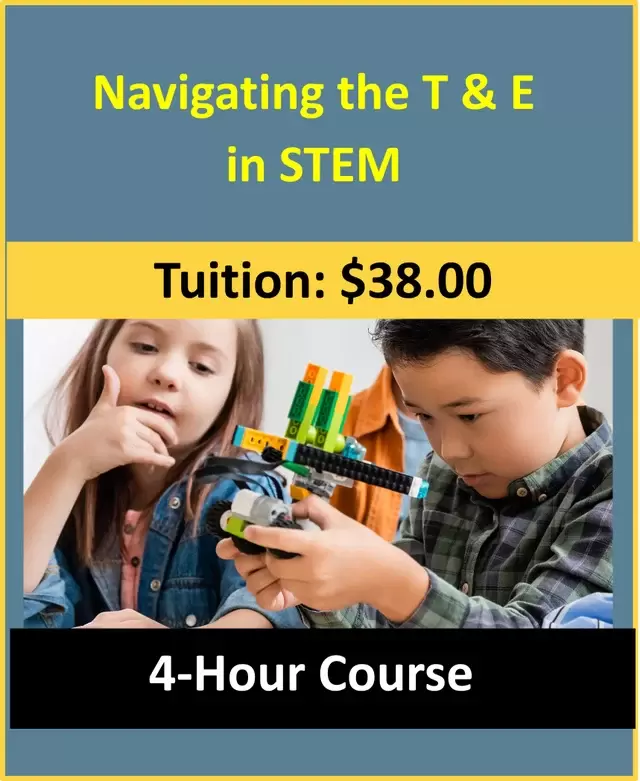

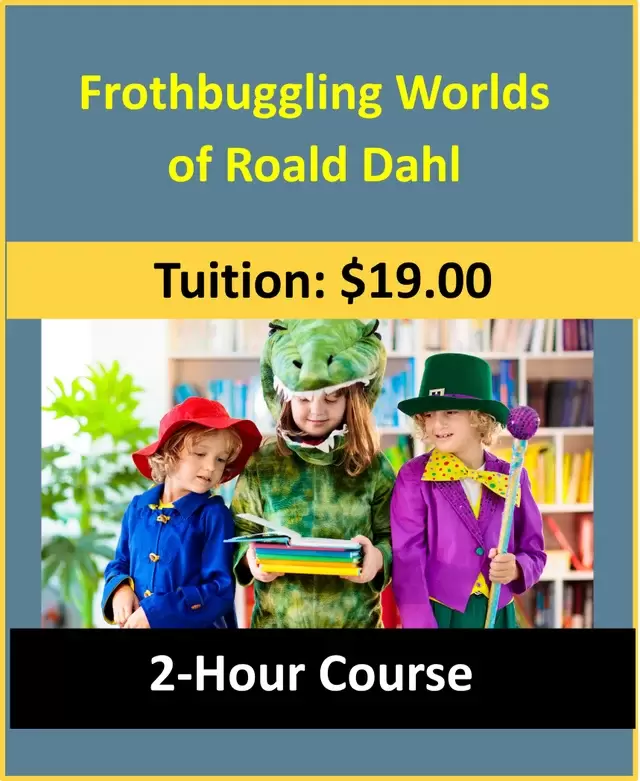
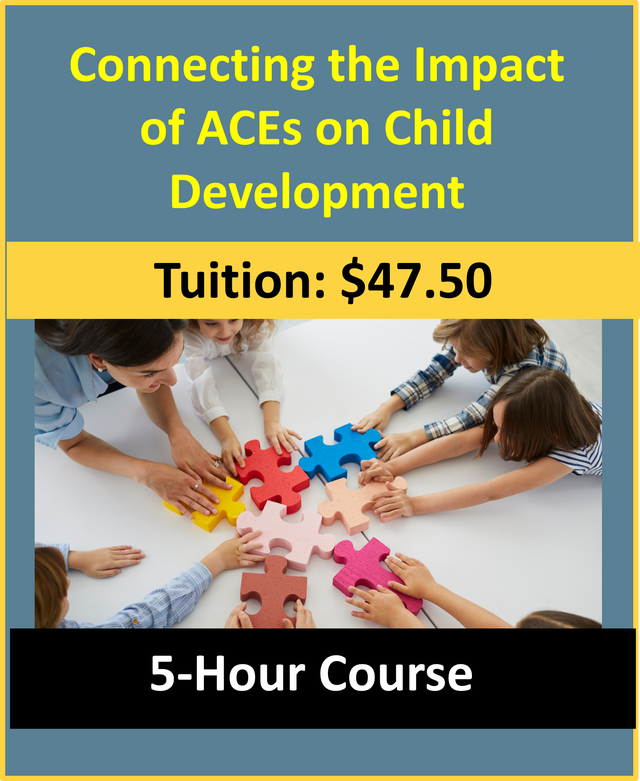
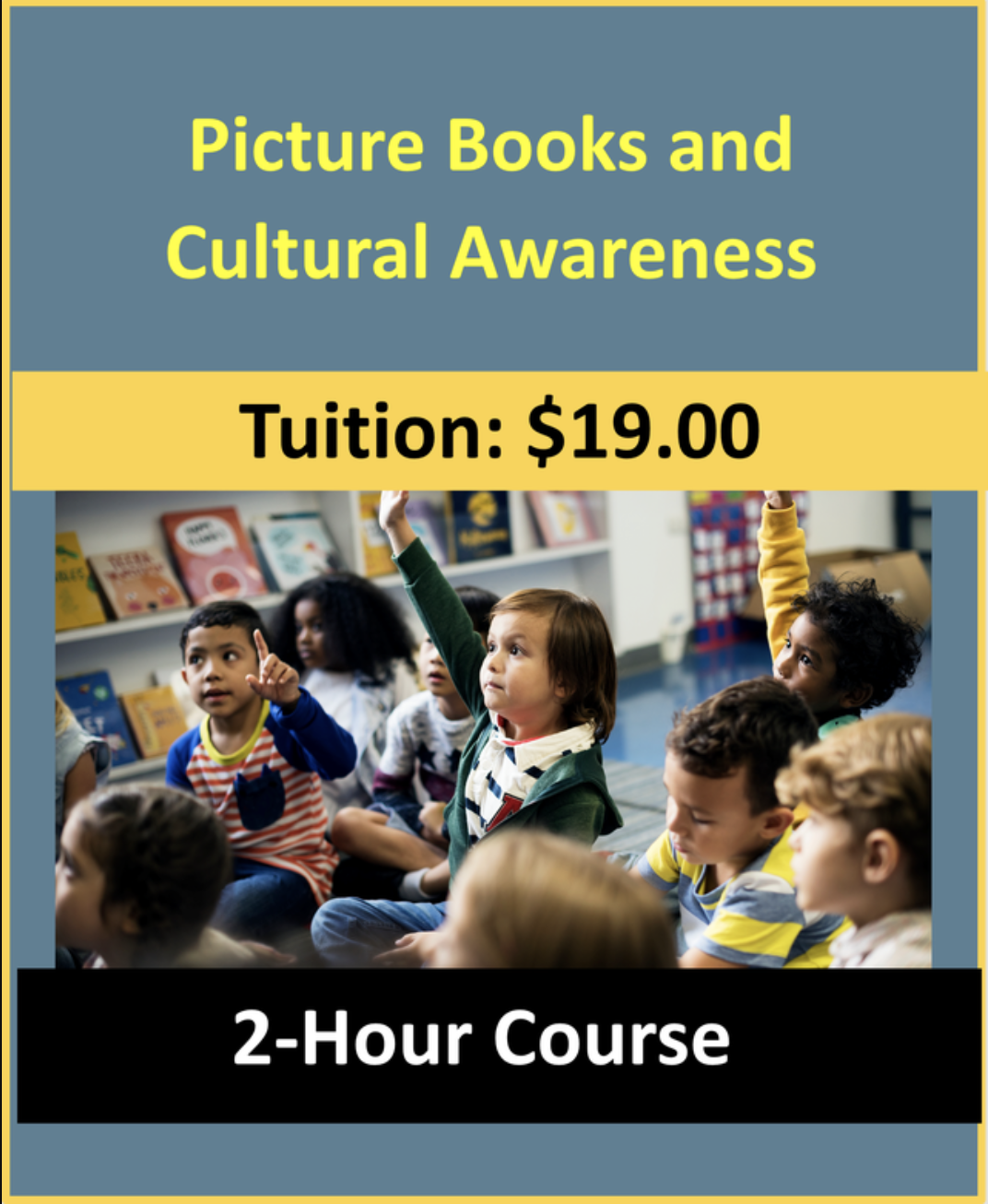
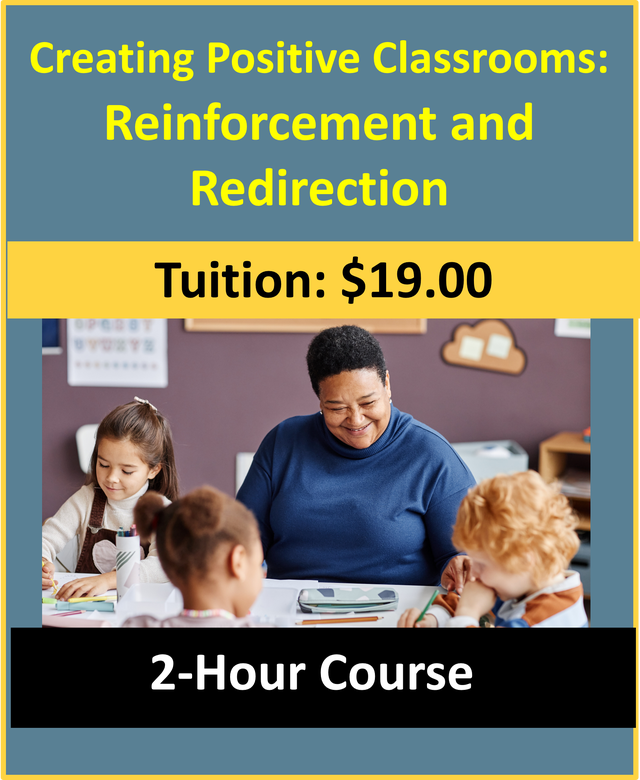
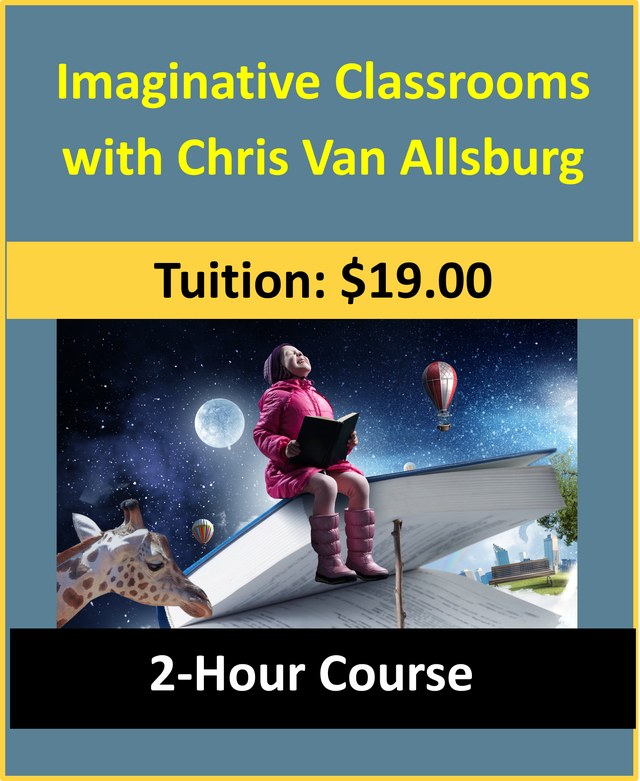
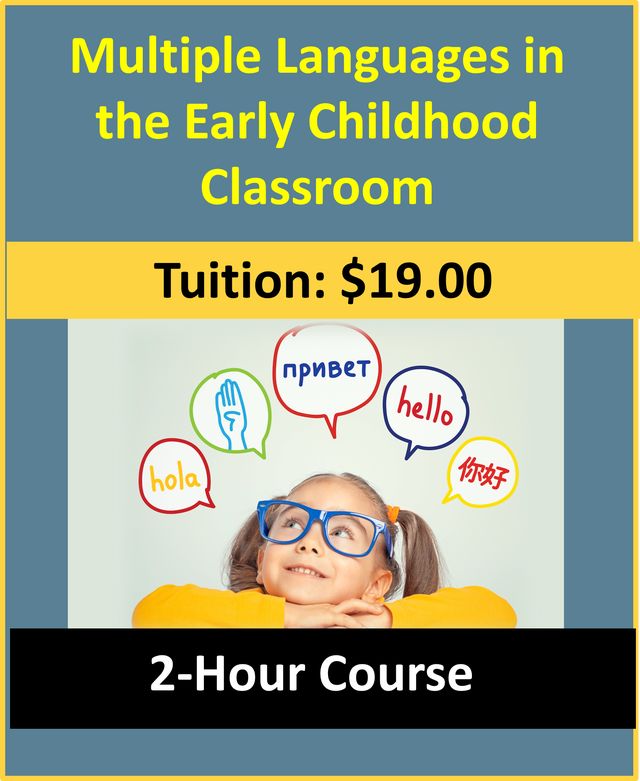
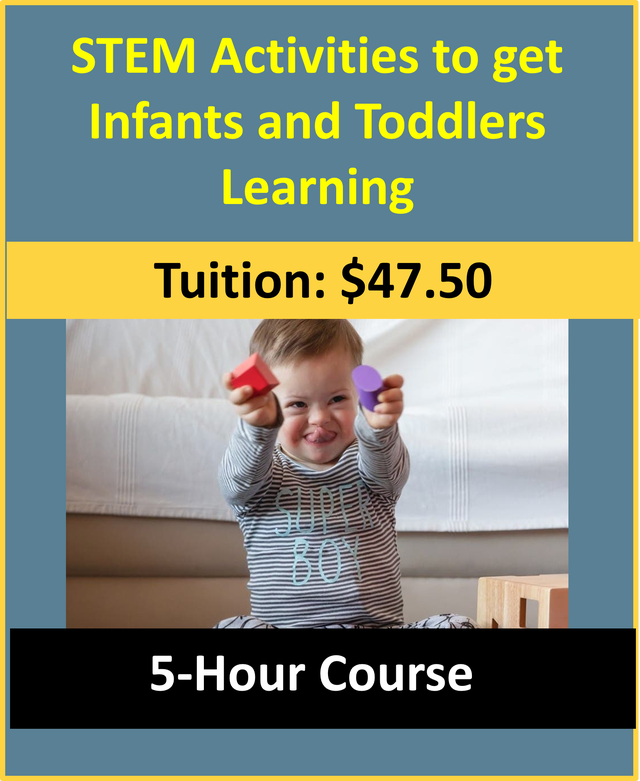
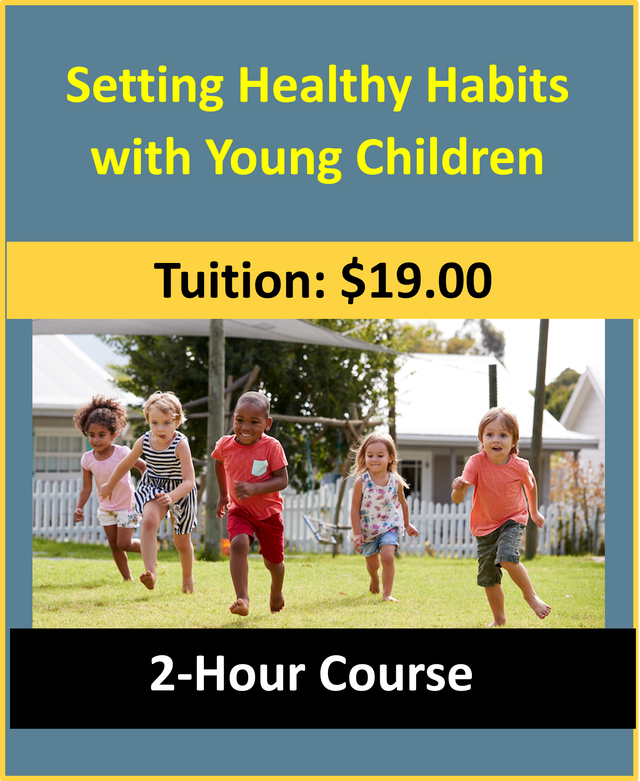
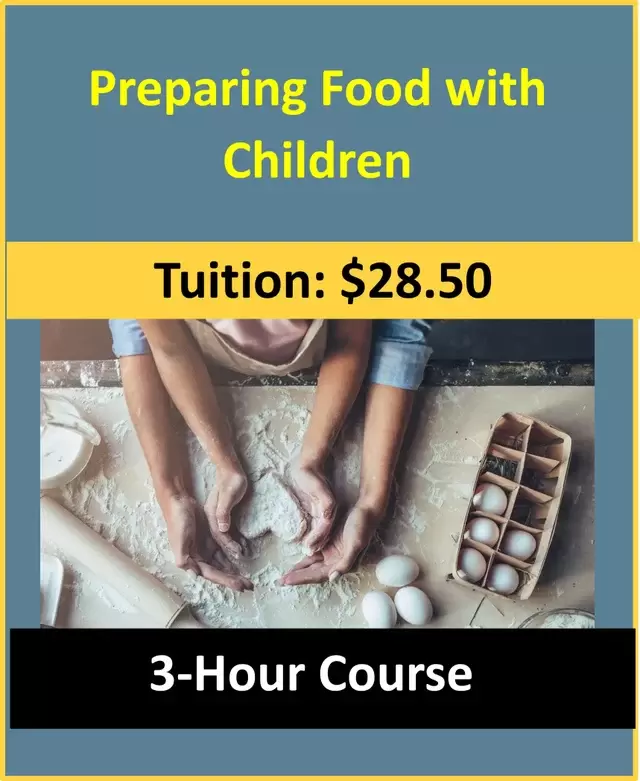
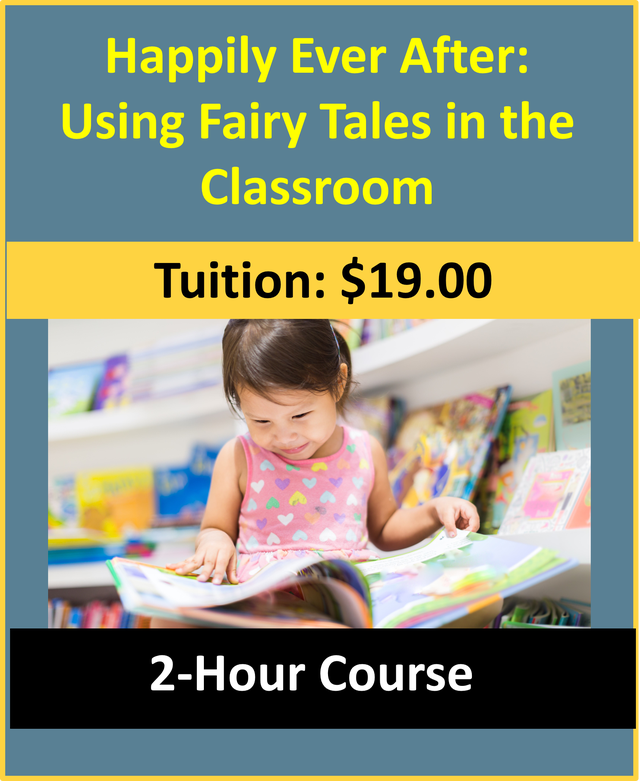
 RSS Feed
RSS Feed